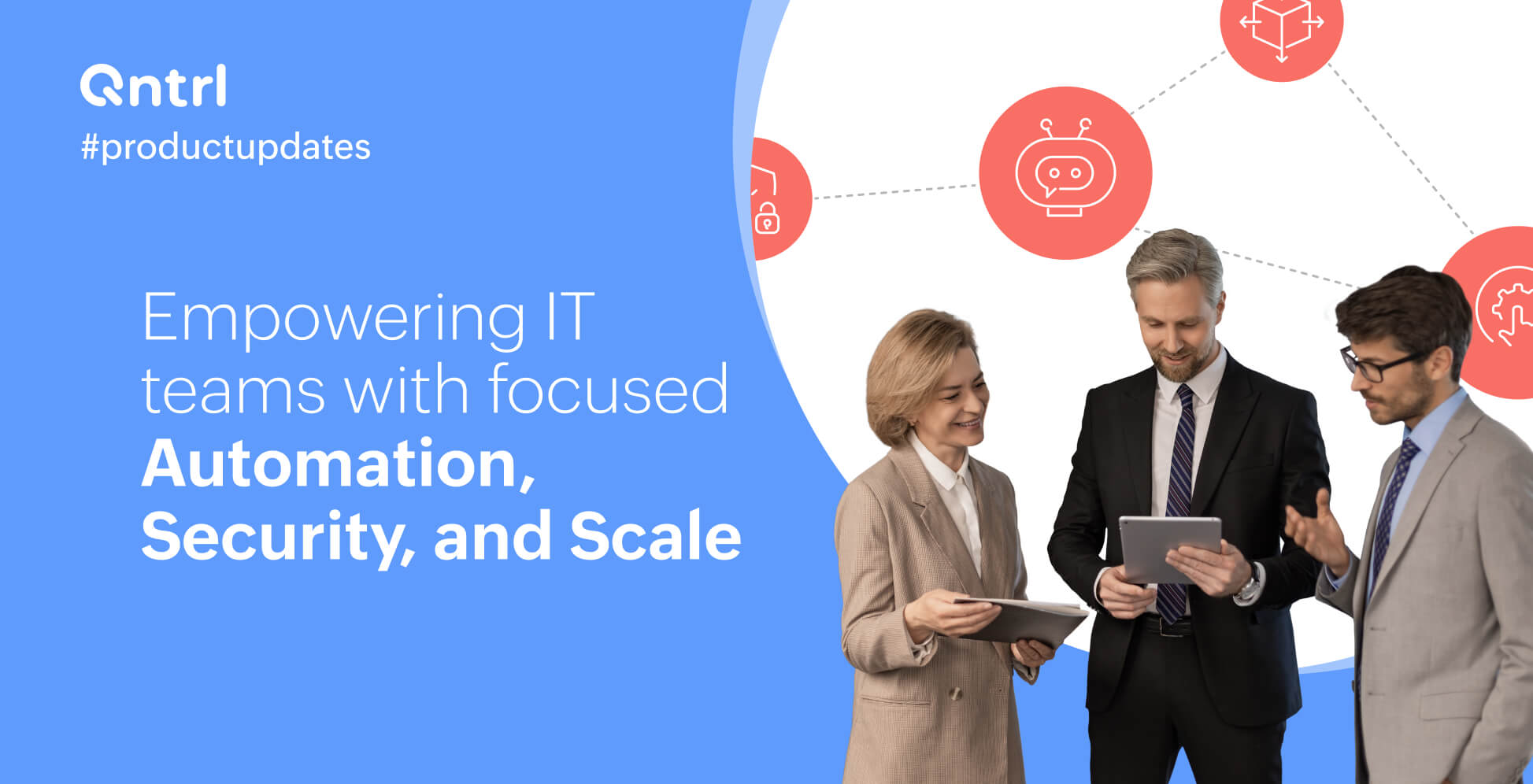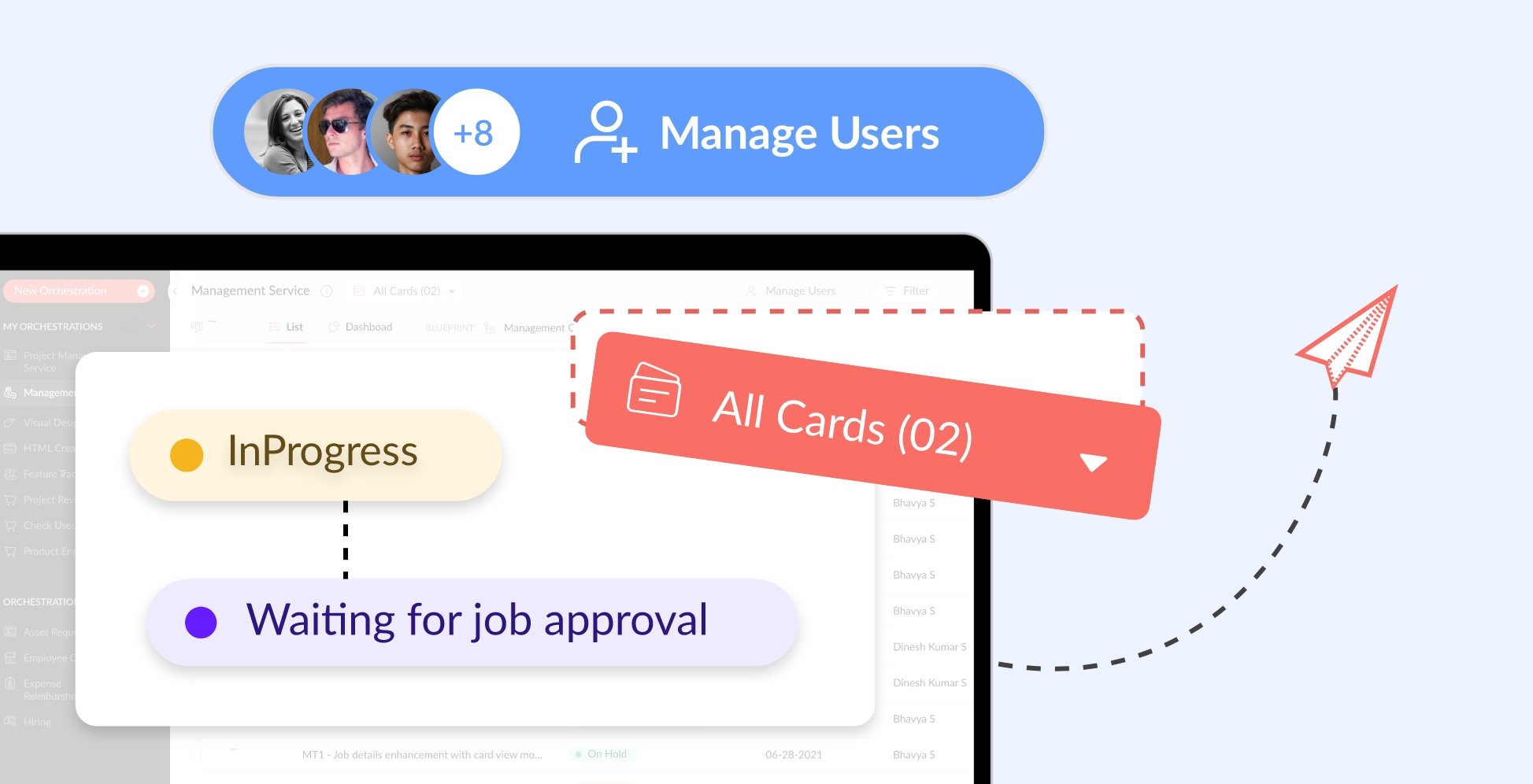Comparison between BPMN and BPM

What is BPM?
Before we get into BPMN, it is essential to understand what BPM is because it leads to it. Business process management (BPM) is an accumulation of concepts, strategies, and technologies used to run a business efficiently. It is made possible through implementing best practices and heavily focused on the process cycle of a company and its improvement.
BPM was created to simplify processes, breaking them down to their most theoretical functioning aspect. This is done from start to finish of any process, so it can be edited and improved upon. Operational efficiency stems from being able to visualize processes on a sheet or through tools—often both. No matter their complexity, a visual representation of the stages of a process can clarify them.
The stages or concepts of BPM can be categorized as identity, analysis, and optimization. For continuous improvement of these concepts, there are stages such as design, blueprint, execution, KPIs, and looped optimization.
Looped optimization patterns
When implementing BPM concepts into your existing processes, it is important to implement continuous improvement cycles. This is when you deploy trial and error ideologies to individual process stages or states and improve upon what doesn’t work. You either brainstorm this on mock processes, mimicking similar processes to existing ones, or through direct implementation. Either way, logging the results from these cycles leads to better organization of operations and more efficient processes, slowly eliminating dead weights.
What is BPMN?
Business process modeling and notation (BPMN) denotes the visual representation of a BPM process. Any rendition of a process derived from BPM concepts that can be displayed and rearranged, broken down in stages, tasks, owners, and flow can be deemed BPMN. These two go hand in hand, but the nuanced distinction in implementation of these concepts requires a separate conversation.
Visual representation of BPM concepts is a diverse symbolic model language in itself. It is definitely a low-code implementation, but some knowledge of the implementation is a basic level requirement.
These languages are better understood by coders, or task managers who operate BPMs, but they can be easily implemented by anyone with practice. The aspect of BPMN is educationally supported byOMG (Object Management Group), which focuses on baseline information on the concepts and general standards.
For example, in a procurement process cycle based on acquisition of laptops from third-party vendors, you can see the following stages:
- The company identifies the need for new laptops.
- The procurement team sends a request for proposals to vendors.
- Vendors submit their bids for supplying the laptops.
- The procurement team evaluates the bids and selects a vendor.
- A purchase order is issued to the chosen vendor.
- The vendor delivers the laptops to the company.
- The procurement team confirms receipt of the laptops.
- The purchase is completed.
 This is an oversimplified understanding of how the flow of a simple acquisition process cycle can be represented in a blueprint on a BPMN. It details the whole process in its stages. However, it goes deeper than that, visualizing loops on purchase stages, approvals, delivery, the supply chain, and more nuanced operations.
This is an oversimplified understanding of how the flow of a simple acquisition process cycle can be represented in a blueprint on a BPMN. It details the whole process in its stages. However, it goes deeper than that, visualizing loops on purchase stages, approvals, delivery, the supply chain, and more nuanced operations.
This achieves two things: to track the stages and to log errors. This is highly useful in enterprises that are scaling or already have scaled. BPMN in larger enterprises, if implemented through a tool, not only cuts costs by eliminating human errors but also reduces the need for manual process operations such as spreadsheets. This, instead, lets employees turn their energy to value-adding tasks.
Another major problem to be addressed in an enterprise without BPMN implementation is the lack of centralization. Usually, when teams get bigger as the company scales, they get more and more fragmented.
Each department finds it difficult to communicate within themselves and with each other because of diverse population factors and different personalities. This is combated by the introduction of cross departmental collaboration through BPMN concepts.
Through a BPM tool, it is easy to implement cross-departmental collaboration networks, as long as they follow a sequence of operational logic. That is to say, a BPM tool can acclimatize to any logic of a process and can adapt according to the changes implemented through future optimizations.
In an ideal world, the concepts of BPM and implementation of BPMN should be privy to employees all across the board, but it’s mostly not the case. Solutions like no-code and low-code BPMs are available on the market for task managers looking to optimize their teams. Project managers and IT heads usually find it easier to navigate code-heavy platforms with complex dashboards and in-depth analysis and reports across all the functions carried out.
Both of these options yield the same output for the end user. They provide high-end analysis, real-time reports, clarity on processes, and rich resources in the form of data through implementation.
Blueprint models beget implementation. To better understand how to visually lay out a process, there are a few icons, tasks, and sequence flow symbols everyone needs to be aware of. Within a blueprint, the flowchart is represented through various categorically distinct elements.
These elements include, flow elements, data objects, collecting leeways, swimlanes, and annotations.
- Flow elements consist of activities, events, and gateways.
- Data objects display how activities are manipulated, requested, procured, and optimized.
- Connecting elements illustrate the sequence of the process flow.
- Swimlanes are divisions within the same diagram, interconnecting looping processes.
- Annotations provide additional relevant information to the process, such as revised text or comments.
Comparing BPM and BPMN
BPM is an innate concept to rally processes for optimization, and BPMN is the footnote representation of the BPM concepts in a visual format globally recognized.
BPMN’s sole task is to successfully implement the concepts of BPM for any end-user, be it through manual techniques or through a dedicated BPM tool.
Throughout the interaction of comparing BPM and BPMN, there have been significant mentions of tools called BPMS (Business Process Management Systems).
BPMS are systematically designed tools to help task managers and teams focus on their tasks in a digital space. It is the digital sandbox where the teams use functions like automation, mapping processes, KPI best practices, and process optimization.
There is an added feature that records every task digitally for detailed performance review. This includes delays in tasks, incomplete process cycles, approvals and rejections, analytics, and similar operational efficiency-driven parameters and checks in place.
By using a BPM tool, enterprises can efficiently map and automate all their processes, enhancing transparency and accessibility for everyone involved. This inadvertently results in comprehensive process and project management, bottleneck identification, prioritization based on needs, and scalability.
It also enables setting goals and KPIs, implementing quality standards, and generating real-time reports and charts. Additionally, it integrates workflows across departments, accelerates decision-making, and supports prototyping and solution testing, among other actions.
What are BPMS?
A BPM tool or BPMS consolidates various enterprise solutions into a single platform, improving efficiency and centralizing communication. Within BPMS, BPMN serves as the modeling language that automates and clarifies processes, making them easy to understand for everyone involved.
This integration supports continuous improvement by enabling comprehensive process modeling from start to finish, identifying and resolving bottlenecks, and incorporating new business rules with minimal IT intervention.
When each team follows its own objectives and end-goals, business management can become fragmented, making it harder to achieve strategic objectives. In due time, teams lose track of the bigger picture. In a process-oriented organization, performance indicators focus on departmental contributions to overall processes rather than individual goals.
Specialized systems, such as BPMS, can be integrated into a unified cloud environment. By redesigning and monitoring processes, businesses can more accurately identify and address weaknesses. This approach creates a client-focused business, leading to competitive advantages and increased profits.
Advanced BPMs also allow for assigning specific responsibilities to individuals, ensuring control and management of process execution. This combination not only streamlines operations but also enhances transparency and accountability, leading to more effective process management and better decision-making across the organization.
Simply, an advanced low-code BPMs tool is an all-in-one solution any large scale enterprise or scaling enterprise should possess.
So, should you integrate BPM, BPMN, and BPMS in your company?
Has it reached the stage where menial tasks are taking up time and money?
Has it become harder to keep track of your employee performance and operational processes and their outputs?
Do you find it hard to set up an operational system between parallel departments and tear down communication walls?
Do scaled operations stump you? Do manual processes no longer serve you as they once did?
If so, you are in the right place.
Qntrl is an advanced BPM low-code tool that can drive your business processes to their maximum potential and do so with minimal effort. Process management is easier with a tool like Qntrl, especially with medium- to large-scale businesses looking to streamline their processes properly.Sign up for a demo with us today, and you’ll be one step closer to digitally transform your business.
Enjoying your reading?
Enjoy organization and visibility too!
Qntrl can help you organise, control and improve production and projects in your team.









